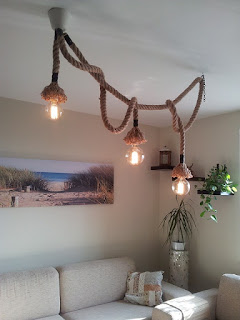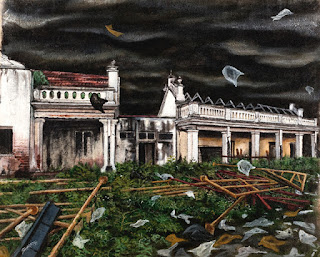apexart
has been making people think for more than 20 years with
innovative and unique approaches to programming. Fewer politics
and more transparency resulting in more meritocratic and
provocative exhibitions in NYC and around the world.
apexart
exhibitions are selected from hundreds of anonymous proposals by
an international jury of more than 200 people. Who you know
doesn’t matter, the quality of your idea and how well you
communicate it does. When an exhibition proposal is selected for
apexart’s
program season, it means that the idea is seen as compelling and
worth developing by a large diverse jury that wants to see it
transformed from a proposal into an exhibition.
apexart
exhibitions feature works about everything, from anywhere, by
anyone. If you follow what we do, you might discover something
new or end up contributing to our programming.
In
2017, Animal
Intent
explored creature creativity, Promises to
Keep presented
performance art by women Pakistani artists, and Fellow
Travelers explored
the intersections of science fiction and migration narratives.
apexart has also held exhibitions in places like Tarrafal, Cape
Verde – examining histories of post-colonial prisons in
Glimmer of
Freedom
– and Tbilisi, Georgia – probing the legacy of Soviet
Cosmonautics in Illegal
Kosmonavtika.
apexart
awards a budget of $10,000 to each selected exhibition and its
related programming, and organizers receive a $2,000 honorarium
for coordinating the project and writing the exhibition essay.
Proposals
for group exhibitions in our NYC exhibition space will be
accepted from October 1-31, 2017.
To
learn more about how to submit your 500-word exhibition
proposal, visit
apexart.org/opencalls.php.

Sponsored post
If you found this article useful, please share it using the social media widgets at the bottom and do subscribe to receive regular updates from Art Scene India.
Also read,




